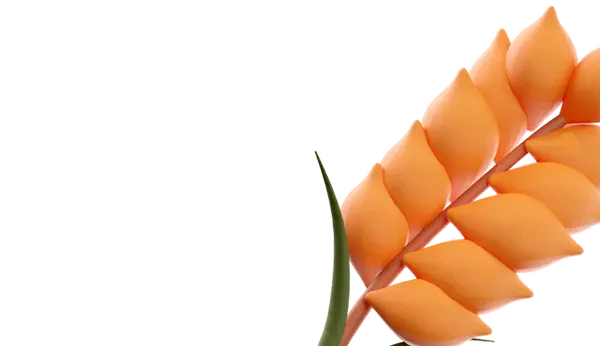The Center for Industry Knowledge of Rosselkhozbank estimates the market potential of wild plants at 1.5 trillion rubles - an amount that could be collected in a year without harm to Russia's ecology. In natural terms, this amounts to 7.5 million tons of products per year, said the head of the Center, Oleg Knyazkov. Currently, only 5% of the wild plants market is developed, which amounts to 75 billion rubles or 375 thousand tons of products per year, he added.
The development of the wild plants market could double the number of people involved in their collection and harvesting, from 5 million to 10 million people in 53 regions of the country. In addition, there is significant demand for wild plants worldwide, so their export could bring in significant income - up to $1 billion per year, said Knyazkov.
As an example, he mentioned the Krasnoyarsk Territory. The potential volume of wild plant harvesting in the region is estimated at 1.6 million tons, but in reality, only about 0.01% of this volume is harvested, informed the committee on natural resources and ecology of the regional parliament. In natural terms, about 40% of the production is berries, 28% mushrooms, 19% tree saps, 9% nuts, 4% ferns.
The development of wild plant harvesting is one of the growth points of the region's economy. "It's frustrating that our neighbors (Tomsk Region, Altai Territory) can do this (develop the extraction and processing of wild plants), and we cannot," said Sergey Zyablov, a deputy of the Legislative Assembly of the Krasnoyarsk Territory. "Our goal is to develop this industry and attract the population so that people can earn real money from it, as this is real money for the rural areas."
Knyazkov also predicts an expansion of opportunities to increase the efficiency of the wild plants industry in 2024-2025, including through domestic engineering solutions to increase labor productivity, technological and scientific research. There is also potential for the development of new directions, such as the digitalization of the sales ecosystem, procurement, foreign economic activity, analytics; processing wild plants through fermentation, concentrates, and preserves for the food and cosmetic industry; shock freezing and long-term storage technologies.
According to Roslesinforg's assessment, due to the wet and warm weather in Russia this year, an increase in the harvest of forest mushrooms can be expected. Siberia, the Volga region, the Northwest, and the Primorye region are traditionally considered the most mushroom-rich regions, where harvesting is done on an industrial scale.
On June 25, at a meeting of the expert council of the State Duma Committee on Ecology, Natural Resources, and Environmental Protection, a bill was supported that provides for amendments to the Forest Code. The authors of the bill proposed to grant regions the right to determine the places and times for cedar nut collection and to establish volumes for personal use.
Before the season begins, the start and end date of harvesting, collection sites, and reasonable restrictions for individual harvesting will be set. It is also proposed to clarify the procedure for organizing an auction for the right to conclude a lease agreement for forest areas to harvest food forest resources.
The goal of the bill is to stimulate the development of forest resource processing and increase the efficiency of combating illegal harvesting and illegal export of cedar nuts. Last year, Prime Minister Mikhail Mishustin included Korean pine nuts in the list of strategically important goods and resources. Smuggling nuts can now be punished with imprisonment for up to 12 years.















